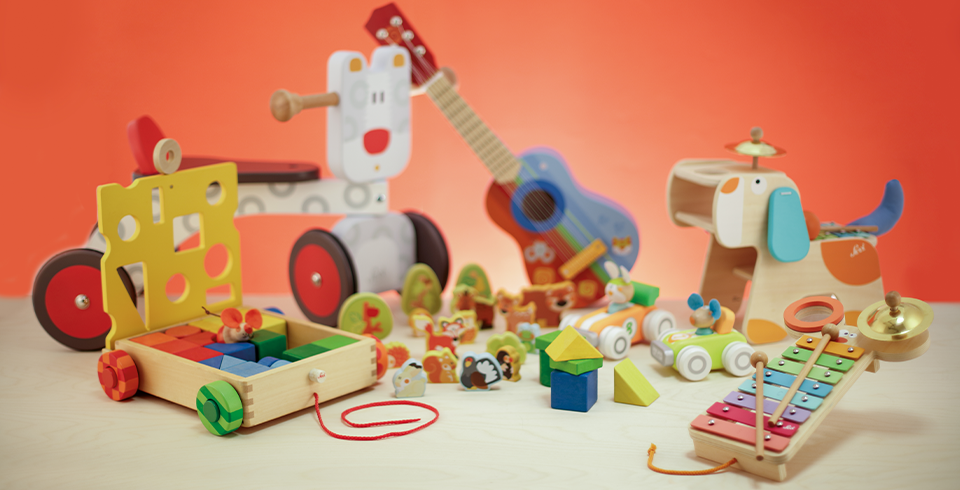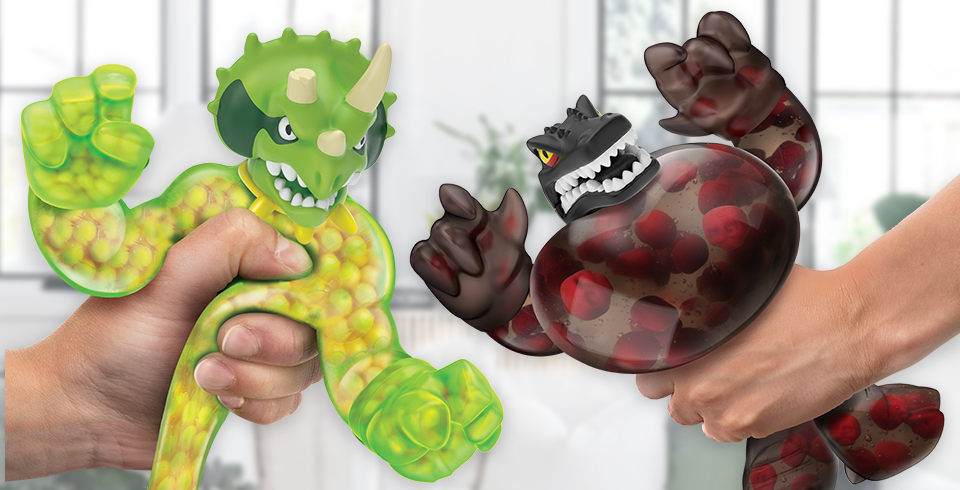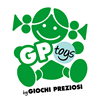In the previous story, we purposely left some unanswered questions including: What is the meaning of each type of play? Which type of play matches each toy? In this article, we shall begin to reveal the magic… layer by layer! In the following lines, not only will you learn about solitary, associative and cooperative play, but you will also be provided with perfect toy examples for each type! And if those weren’t enough, we just couldn’t resist revealing the soft skills that are reinforced through each toy! So… get ready, we are about to fly!
Solitary play.
Johnny loves to play with his wooden castle. He spent hours building it. In fact, he was so involved with it that he didn’t even hear the doorbell ring when his dad came home from work. Have you noticed your children entertain themselves without any other social involvement? Solitary play is very normal in children, especially until the age of 4, as it allows them to explore the world freely, master motor and cognitive skills, and prepare themselves to play with others. Meanwhile, they learn to be more self-aware and creative, both being important soft skills for their life.
Are you trying to find more ideas to boost solitary play? Peppa pig 6pc tile megamat, comes to the rescue! With a soft mat provided, your children can use their creativity and critical thinking skills to put the pieces together and create Peppa’s town, while exploring the city in Peppa’s car. If your kids are not into… towns, worry not, as there are plenty of other choices to pick from. The Sevi Xylophone will not disappoint our little music lovers! Its wooden texture combined with its bright colors will immediately capture your child's attention. The same goes for the Sevi wooden letters clown: young explorers with a vivid imagination can turn these eco-friendly letters into any real or... imaginary word they can be inspired by! Get ready for a lot of creative play!

Associative play.
Lately, Anna seems to enjoy painting with her best friend Tony way more than playing with her favorite toys alone. Have you ever noticed your child being more interested in their co-players rather than the game itself? Associative play allows children to use their social skills, such as social awareness, communication, teamwork and decision making, in order to engage with other children or adults during an activity. A great associative play is the Goo Jit Zu Galaxy Attack Single Pack figures, the seven galaxy heroes who can be squeezed and reshaped again and again! How well would a group of friends communicate via the seven heroes? Would they collaborate in order to defeat the great galaxy…evil?

Cooperative play.
Billy can’t get enough of this new toy his mom bought him. He and his friends have to take on tasks consequently, set the rules together and share common goals. With cooperative play, children learn to express their emotions and solve any problem that comes their way. Conflict might arise, but this is normal too at this stage. As you probably have figured out by now, this is a great way to enhance soft skills like flexibility, responsibility, communication, teamwork, decision making, conflict management, problem-solving, critical thinking and emotional intelligence. How could we leave you without a cooperative toy suggestion? The Roblox Game Pack figures are the perfect example. This toy allows for your children to enjoy endless hours of fun by creating stories for the characters, while boosting their communication and conflict management skills, along with their emotional intelligence.
Stay tuned; another article will follow soon with... more toys, more types of play and more soft skills!






